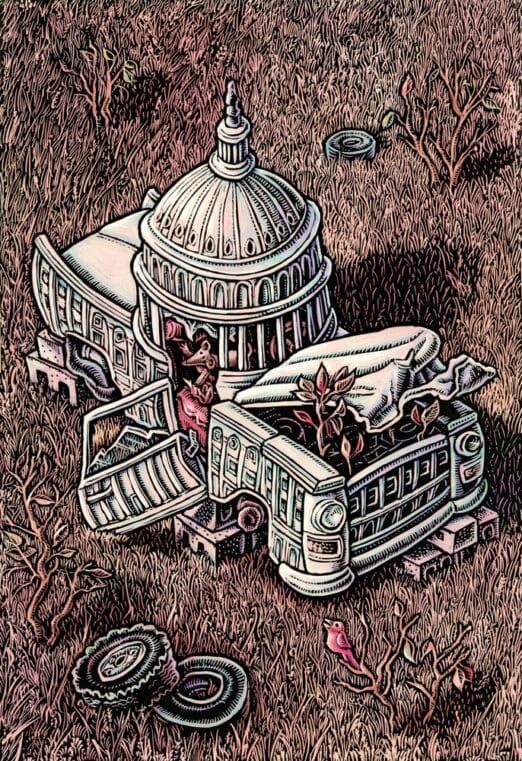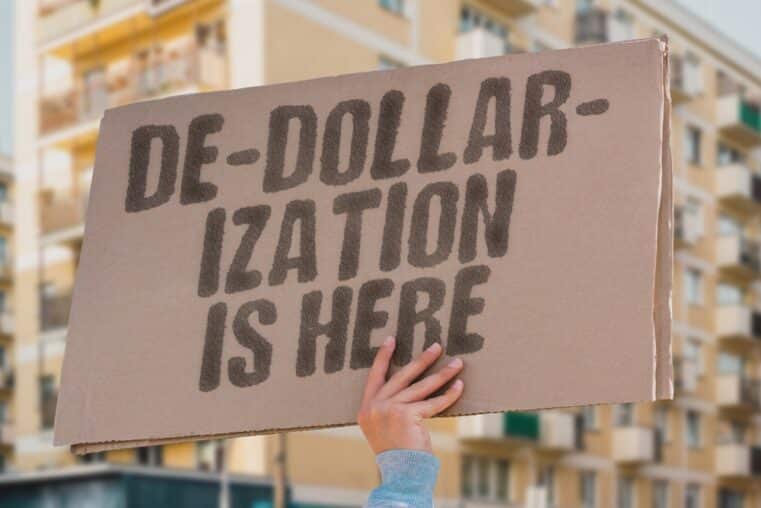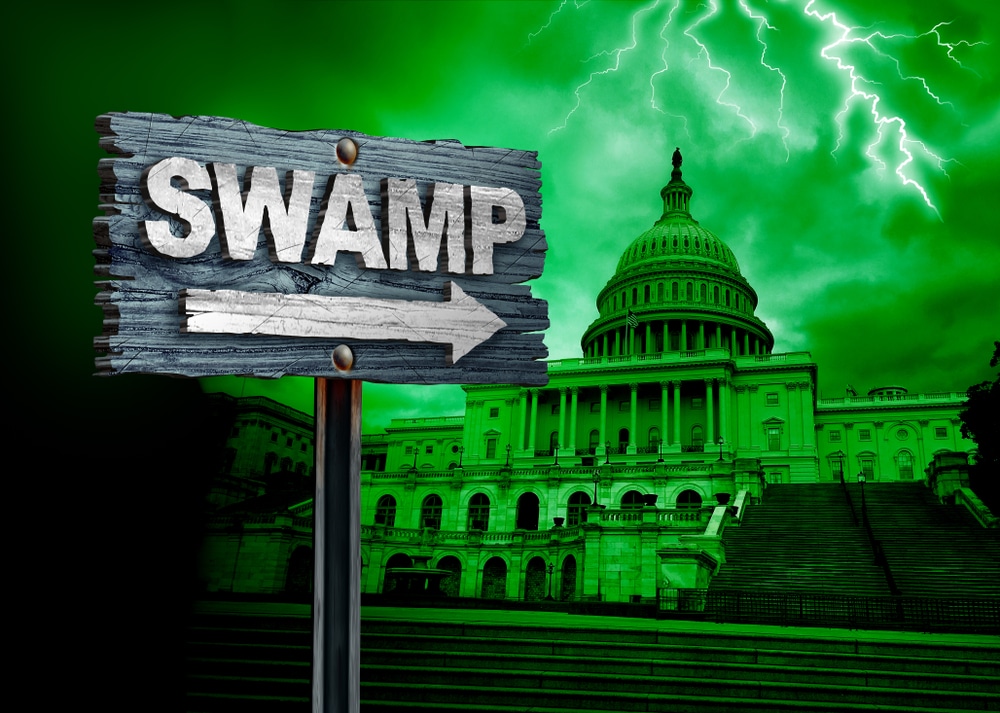
We Don’t Need a Digital Dollar and Here’s Why
U.S. Federal Reserve Governor Michelle Bowman said that the central bank is still evaluating the need for a central bank digital currency (CBDC) in the U.S. as there are a variety of risks to consider, while the efficiencies it offers could potentially be realized through other technologies.
“Innovation in money and payments can take many forms,” Bowman said Tuesday at a roundtable on CBDCs at the Harvard Law School Program on International Financial Systems. "The potential benefits of a U.S. CBDC remain unclear, and the introduction of a U.S. CBDC could pose significant risks and tradeoffs for the financial system.”
For the purposes of her discussion, Bowman defined a CBDC as “a new, digital form of central bank money widely available to the general public,” also referred to “as a ‘general purpose’ or ‘retail’ CBDC.”
She sought to differentiate between a retail CBDC (rCBDC) and a wholesale CBDC (wCBDC), “which is a term some use to refer to digital central bank money used to settle large-value transactions among banks.”
When evaluating the need for a CBDC, Bowman said there are two “threshold questions” to consider. “First: what problem is the policymaker trying to solve, and is there a more efficient way to solve it? Second: what features and considerations, including unintended consequences, should a policymaker think about before deciding to adopt a CBDC and in designing the operation of a CBDC?” she said.
She noted that, in regard to the first question, there have been a variety of arguments put forward, “including addressing frictions within the payment system, promoting financial inclusion, and providing the public with access to safe central bank money.”
“I have yet to see a compelling argument that a U.S. CBDC could solve any of these problems more effectively or efficiently than alternatives, or with fewer downside risks for consumers and for the economy,” she said.
Bowman pointed to the FedNow Service, which is the Federal Reserve's new interbank system for instant payments launched in July of this year, as an example of a “safe and efficient payment system” capable of addressing the stated reasons for a CBDC.
“Through FedNow, participating banks, businesses, and consumers can send and receive instant payments in real-time, around the clock, every day of the year, with immediately available funds,” she said. “Future innovations may further build upon these services to more effectively address payment systems frictions and financial inclusion. It is quite possible that other proposed solutions may address many or all of the problems that a CBDC would address, but in a more effective and efficient way.”
While FedNow has already launched and has seen promising results, Bowman said, “the potential benefits of a U.S. CBDC remain unclear, and the introduction of a U.S. CBDC could pose significant risks and tradeoffs for the financial system.”
“These risks and tradeoffs include potential unintended consequences for the U.S. banking system and considerable consumer privacy concerns,” she said. “The U.S. intermediated banking model helps to insulate consumer financial activities from unnecessary government overreach, and I believe this is an appropriate model for future financial innovation.”
She warned that a poorly designed CBDC “could disrupt the banking system and lead to disintermediation, potentially harming consumers and businesses and presenting broader financial stability risks.”
“As policymakers, we would need to carefully consider how an intermediated CBDC, with private-sector service providers, could be designed in a way that maintains financial institution involvement and minimizes, or ideally, eliminates related disruptions to the broader U.S. financial system,” she said.
Bowman said that while it's important to continue researching the benefits, risks, and tradeoffs of a digital dollar and to follow international CBDC developments that could have implications for the United States, she reiterated that the existence of FedNow and a well-functioning banking system make the “potential uses of a U.S. CBDC unclear,” while such a payment vehicle “could introduce significant risks and tradeoffs.”
“That said, recognizing the interconnected and global nature of the financial system, I see value in continuing to research and understand the underlying technology and associated policy implications as other jurisdictions continue to actively pursue CBDCs,” she said. “Doing so ensures we are aware of and can be responsive to any developments and can continue to support a safe and efficient financial system into the future.”
Stablecoins
Bowman also highlighted stablecoins as another alternative to traditional forms of money, payments, and a digital dollar. “This form of payment emerged primarily to support the trading of crypto-assets but increasingly has been proposed as an alternative to traditional payments and as a store of value,” she said.
“Digital assets used as an alternative form of money and payment, including stablecoins, could pose risks to consumers and the U.S. banking system,” she said. “Therefore, it is important to understand risks and tradeoffs associated with digital assets and new arrangements used for banking and payments. While I support responsible innovation that benefits consumers, I caution against solutions that could disrupt and disintermediate the banking system, potentially harming consumers and contributing to broader financial stability risks.”
The need for comprehensive regulation
Based on the risks outlined above, Bowman said her “vision for responsible innovation includes a clear and sensible regulatory framework, where we incorporate what works well today in the U.S. banking system, allowing for private sector innovations within established guardrails.”
She said that it’s “ imperative that the same activities that present the same risks are subject to the same regulations – regardless of what a product is called and by whom it is offered.”
“I think the desire for ‘new’ often leads us to overlook existing success, both in terms of regulatory approach and financial services,” she said. “Rather than speculate about the composition of alternative regimes, we should ask how these new products and providers can be held to the same standards as banks, especially with respect to consumer protection.”
She gave the example of stablecoin issuers, many of whom are currently licensed or chartered at the state level as money service businesses or trust companies.
“While many of these issuers are subject to state supervision, they are not subject to the full complement of prudential regulation applicable to banks like capital requirements and prudential supervision,” she said. “They also do not benefit from the backstops and protections available to banks like deposit insurance coverage and access to central bank liquidity in times of stress. In order to protect consumers, it is imperative that activities that present the same risks are subject to the same regulations and offer the same protections.”
Bowman also stressed the importance of updating policies to foster innovation.
“While conversations on payment innovation often focus on the technological capabilities, policymakers must apply a critical lens to understand whether changes to regulations or policies would be necessary to address specific concerns,” she said. “Some potential technology solutions assume – or even require – policy change, such as issues related to operating hours and account access. In these cases, a new technology alone cannot solve the issue.”
She said that many of the payment limitations that a decentralized infrastructure to support digital assets would improve actually stem from existing policies and laws, and not from problems with existing technology.
“Some purported payment limitations or frictions exist for specific reasons related to managing key risks that policymakers may not want to change, and it is important to understand the tradeoffs of these policy decisions,” she said. “My vision for responsible innovation requires that we continue to distinguish which specific payment frictions can benefit from technological innovation itself and which are questions of policy and exist for good reasons, as well as the recognition that we should not compromise vital public policies in the name of innovation.”
As for where the Federal Reserve is focusing its research efforts going forward, Bowman highlighted tokenization as a key area of interest.
“Because new digital assets are currently focused on tokenization of certain traditional or even new types of money, tokenization is a research theme for the Federal Reserve and for central banks globally,” she said. “While this topic is relevant to CBDC research work, it will also inform other issue areas – including discussions about stablecoin regulation, novel banking activities supervision, and efforts to improve the current payment system.”
They are also conducting experiments that test the technical capabilities and risks associated with digital assets, including CBDC, and the programmable platforms that could support payment infrastructure improvements, she said. “These experiments give the researchers hands-on experience with new technologies and allow the Federal Reserve to examine the application of emerging technologies in retail, wholesale, and cross-border use cases.”
“For all of the Federal Reserve's involvement in this work, I support a responsible approach to innovation that recognizes the role of private sector innovations, benefits from the strengths of the U.S. banking system, and focuses policymakers on thinking about payment and financial system infrastructure and effective policy,” she concluded. “To achieve this, I support a clear regulatory framework that provides for responsible innovation while building upon what works well today and preventing disruption of the U.S. banking and payment system.”
Originally published by Jordan Finneseth at Kitco











